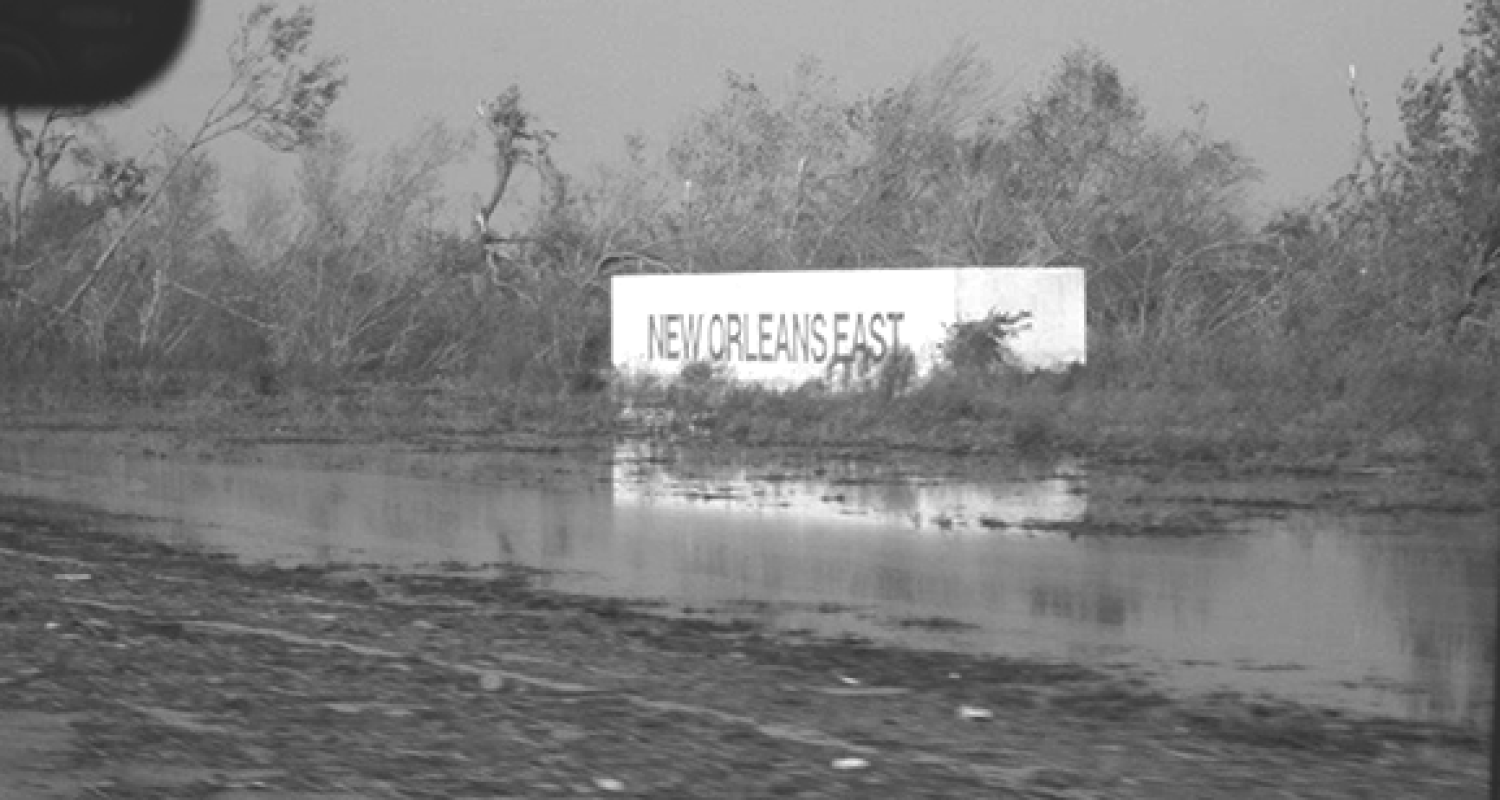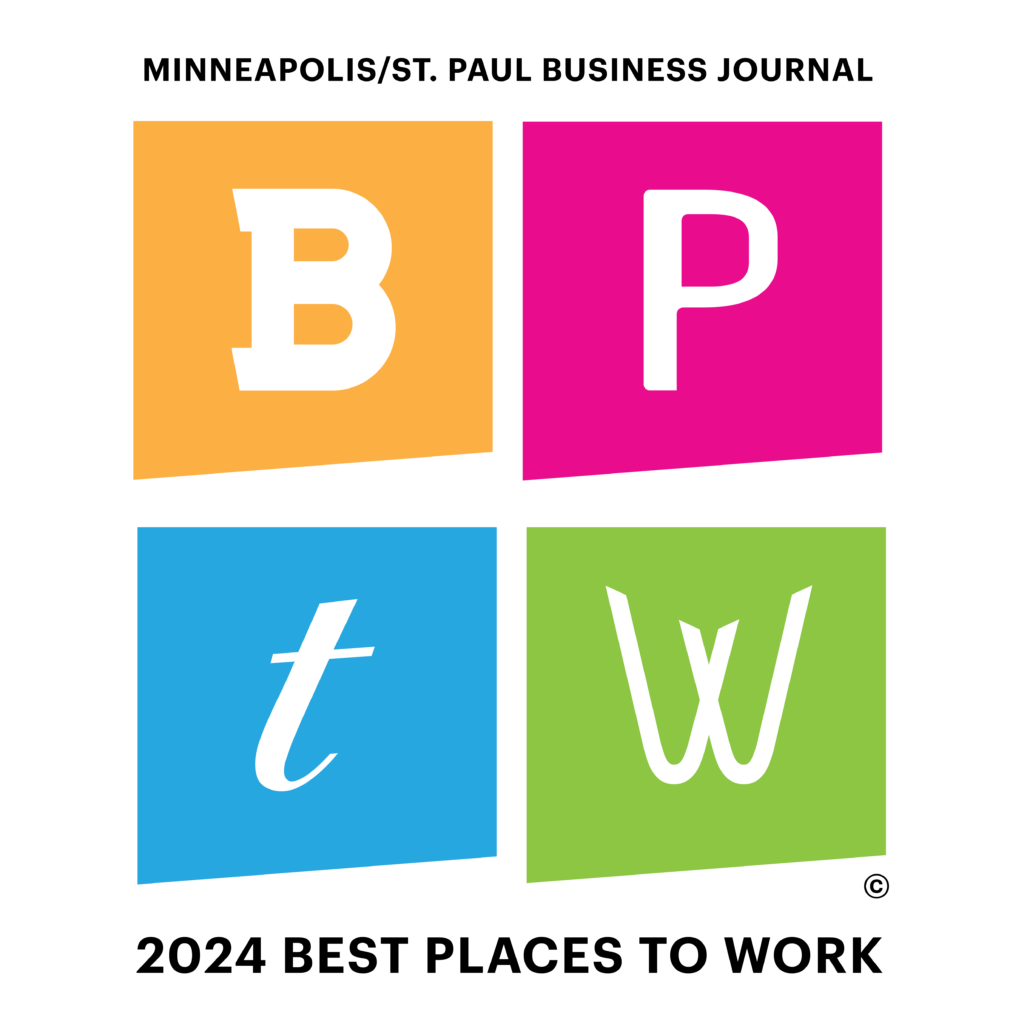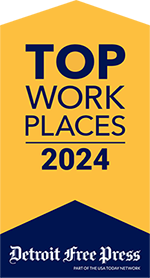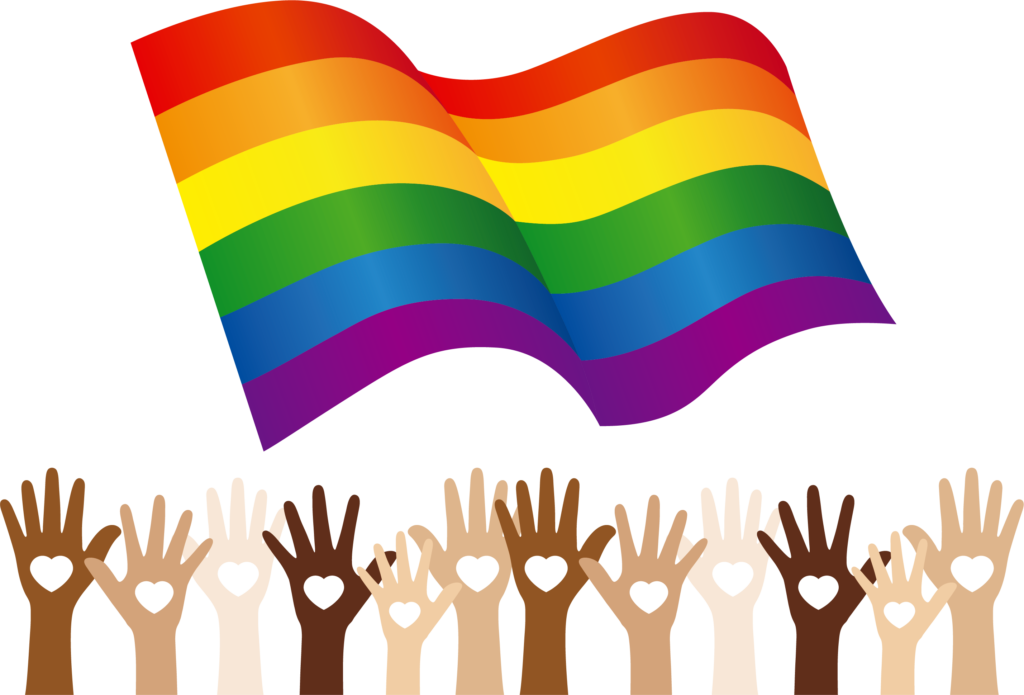What happened during Hurricane Katrina?
On August 29, 2005, a Category 5 storm that had intensified over the Gulf of Mexico made landfall on the Gulf Coast states of Alabama, Louisiana, and Mississippi. This storm was Hurricane Katrina: one of the largest natural disasters in the history of the United States. The storm affected thousands of lives, as its damage spread over tens of thousands of square miles.
Due to breaks in the levees that separated greater New Orleans from surrounding lakes, the loss of life, the number of evacuees, and property damage incurred from the storm were severely worsened. At least 80% of the city of New Orleans—and the entire lower Ninth Ward—was covered by flood water on August 31 due to the levees that had broken that bordered Lake Pontchartrain.
Some parts of New Orleans were under 20 feet, or 6 meters, of water, compared to pre-Katrina levels. The heavy winds, intense rainfall, and storm surge all contributed to the flooding and impact of the storm damage. Mobile, Alabama, and parts of Biloxi and Gulfport, Mississippi, also experienced intense flooding and were underwater from a 20 to 30+ foot storm surge.
What was R3’s emergency response post-Katrina?
Once stationed in the Baton Rouge and New Orleans areas, the R3 consultants provided support services to impacted community members. While the kind of service given looked different depending on the situation, oftentimes, R3’s behavioral health consultants would do whatever it takes, including providing public health care support simply by passing out water; or supporting community development by helping homeowners fill out Federal Emergency Management Agency (FEMA) forms to request temporary housing from the government after having lost their homes.
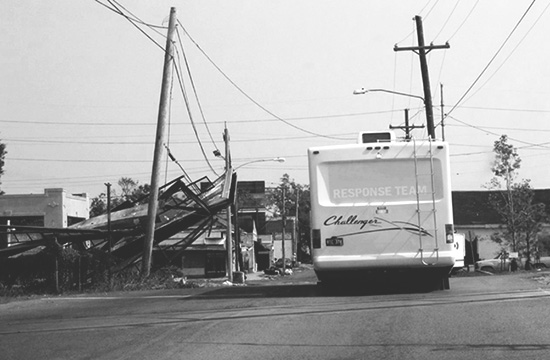
Without first providing these basic interventions to meet essential needs like water and housing, it would have been difficult for the behavioral health consultants to have substantive conversations with impacted locals and provide them with emotional care and long-term recovery.
Why R3 was a critical part of the disaster recovery process
R3 was called in to provide mass disruption and critical incident response to the areas affected by Hurricane Katrina. R3’s long history of flexible thinking and quick decision-making in response to an actively-unfolding event—and providing a fast response at scale in a way no one else would—started the road to recovery immediately.
One of the main challenges in supporting the Katrina recovery was the lack of rental housing available for crisis consultants to stay within the affected New Orleans and Baton Rouge areas ravaged by the hurricane. Instead of waiting for hotel rooms to open up, R3 rented motorhomes, stocked them with supplies and gas, and drove the crisis consultants down to New Orleans to see to the community’s recovery needs. This unique mobility within an area that was extremely difficult to maneuver through at the time allowed R3 to support those who needed help within what would have otherwise been unreachable areas.
Hurricane Katrina recovery efforts not only called for creative solutions from crisis counselors but also called for a significant effort and show of strength from R3’s response center in Grand Rapids, MI.
When calls went from a few cases a day to 100s within a very short period, the R3 response center had to adapt quickly and effectively to handle the massive number of calls coming in from the affected Hurricane Katrina areas—calling on Tulane college students, friends, family, and even local providers and consultants to help with coordinating response efforts. This “all-hands-on-deck” approach allowed us to meet the needs of the various clients and impacted people we needed to support.
What was the impact of R3’s Disruptive Event Management support?
As a result of the response efforts, R3 was able to get necessary care to those who needed it most. Not only were we able to support impacted people and communities in helping to get their basic needs met, but we were also able to provide them with disruption-specific behavioral healthcare that many needed after losing family members, belongings, and homes—sometimes everything they had.
The impact of being displaced due to a natural disaster can deeply affect someone’s life and well-being; therefore, it was absolutely critical that those affected by Hurricane Katrina could have access to emotional support and crisis counseling.
Though a natural disaster like Hurricane Katrina doesn’t happen every day, disruptive weather events, including hurricanes, wildfires, and other natural disasters, will continue to happen. Supporting mental health in the workplace during a crisis involves preparedness and the right partnership.
R3 can augment your current employee assistance program (EAP) and mitigation plans. Don’t wait until after catastrophe strikes to navigate how you will support your people. Talk to us today to learn more about how you can prepare for disruptions of all sizes with R3’s tailored support solutions.

